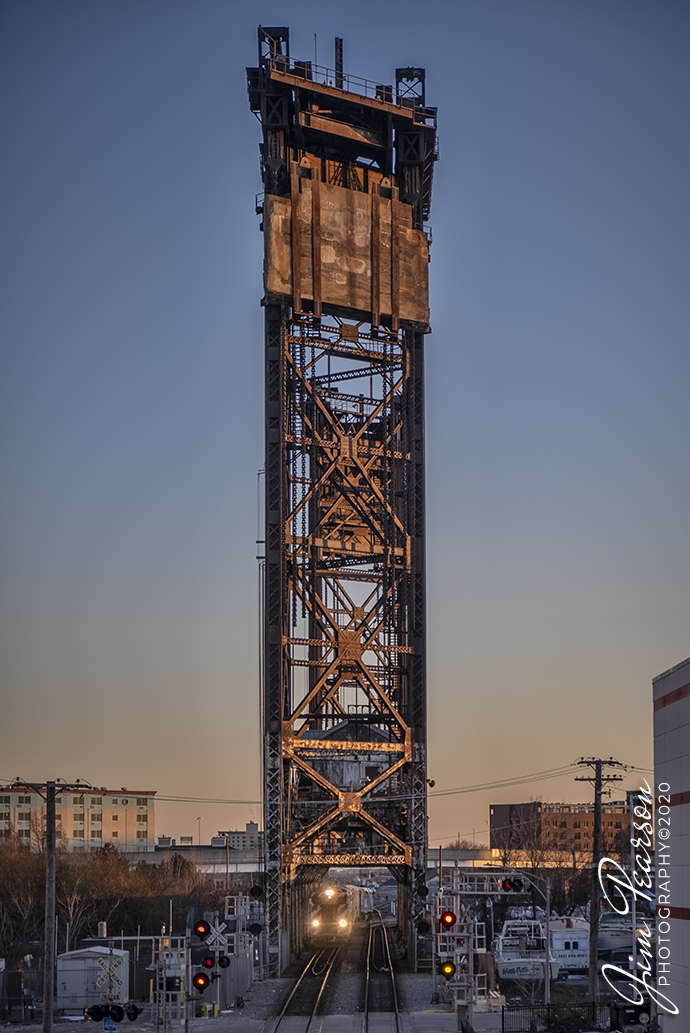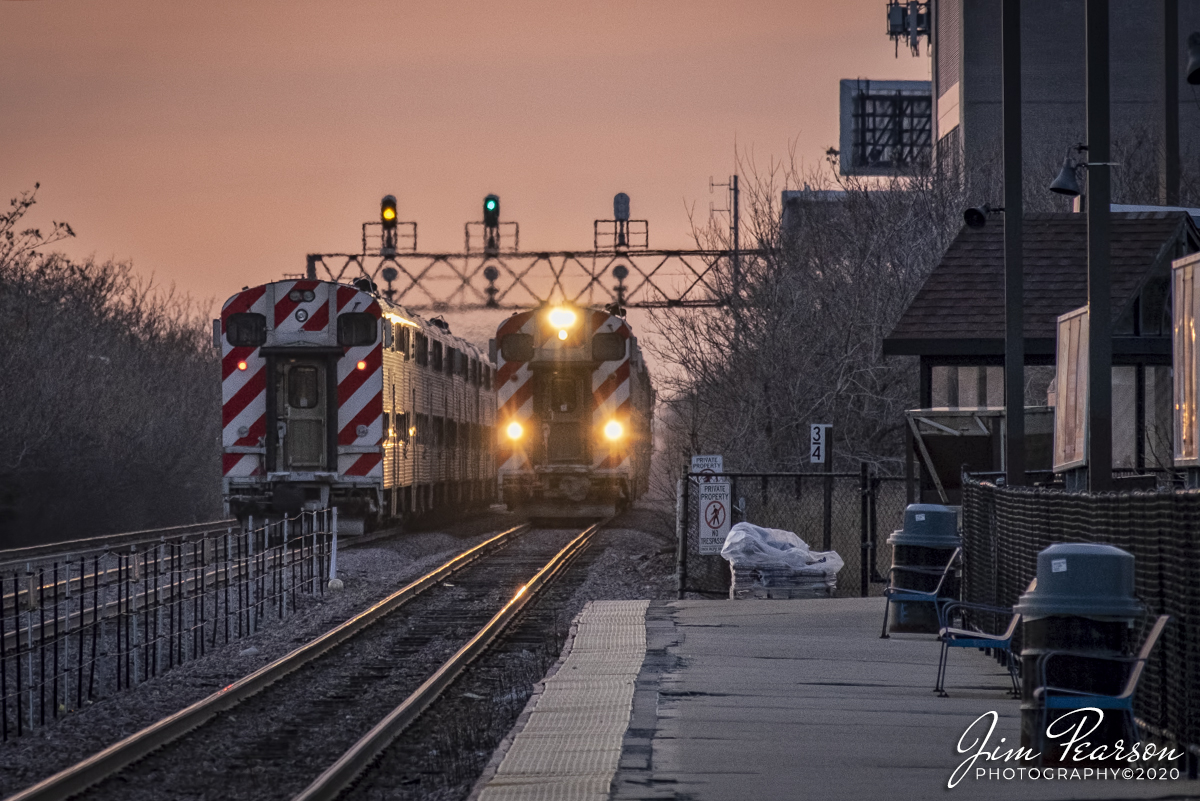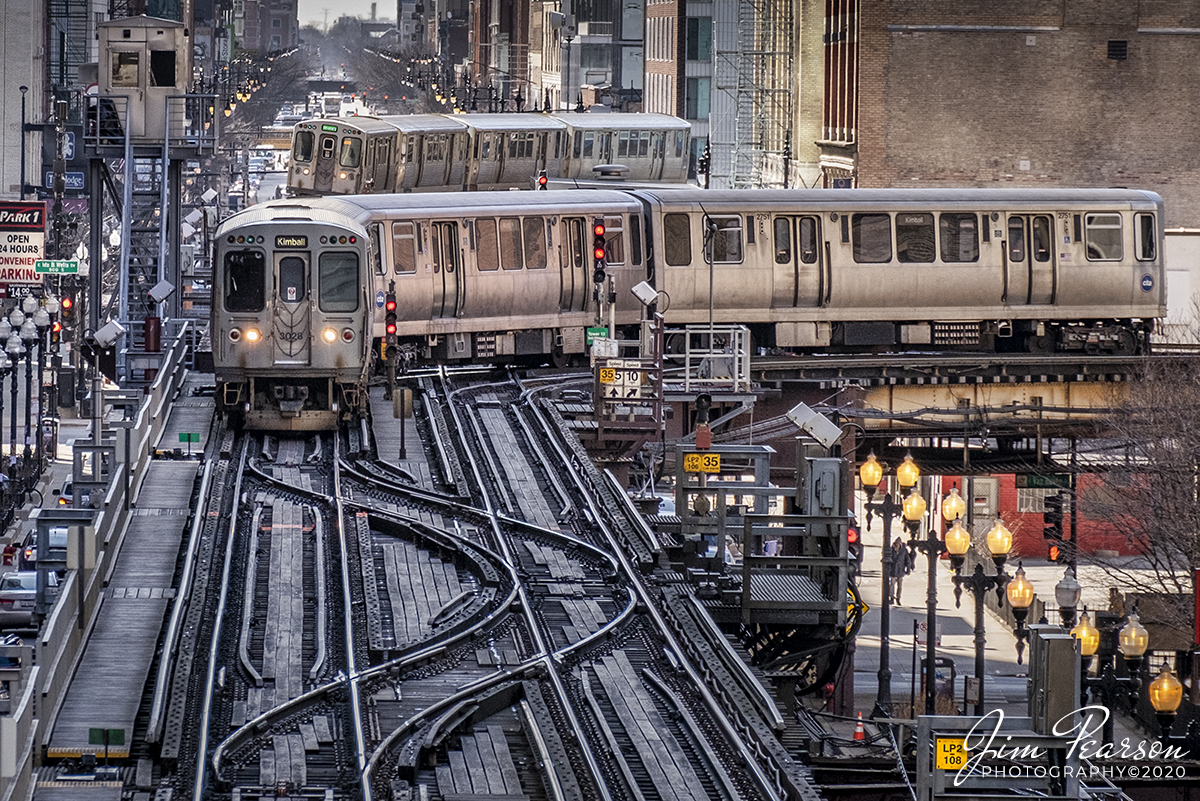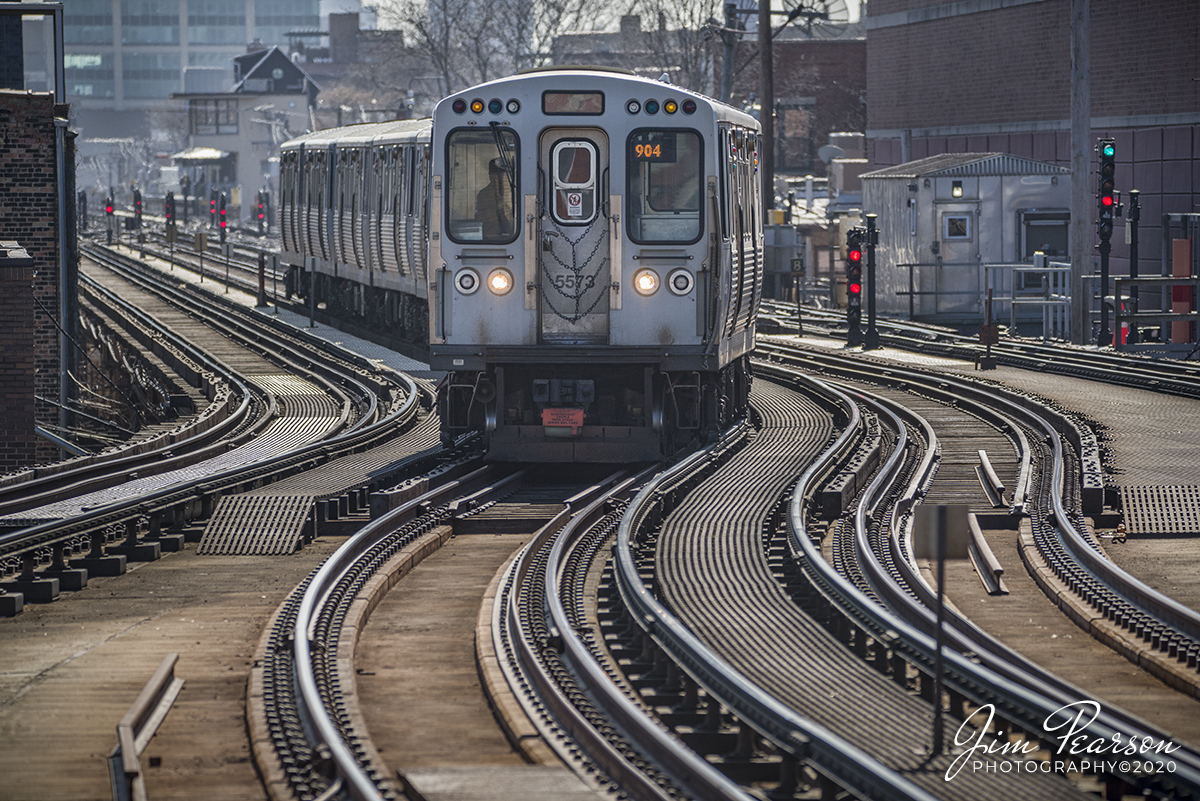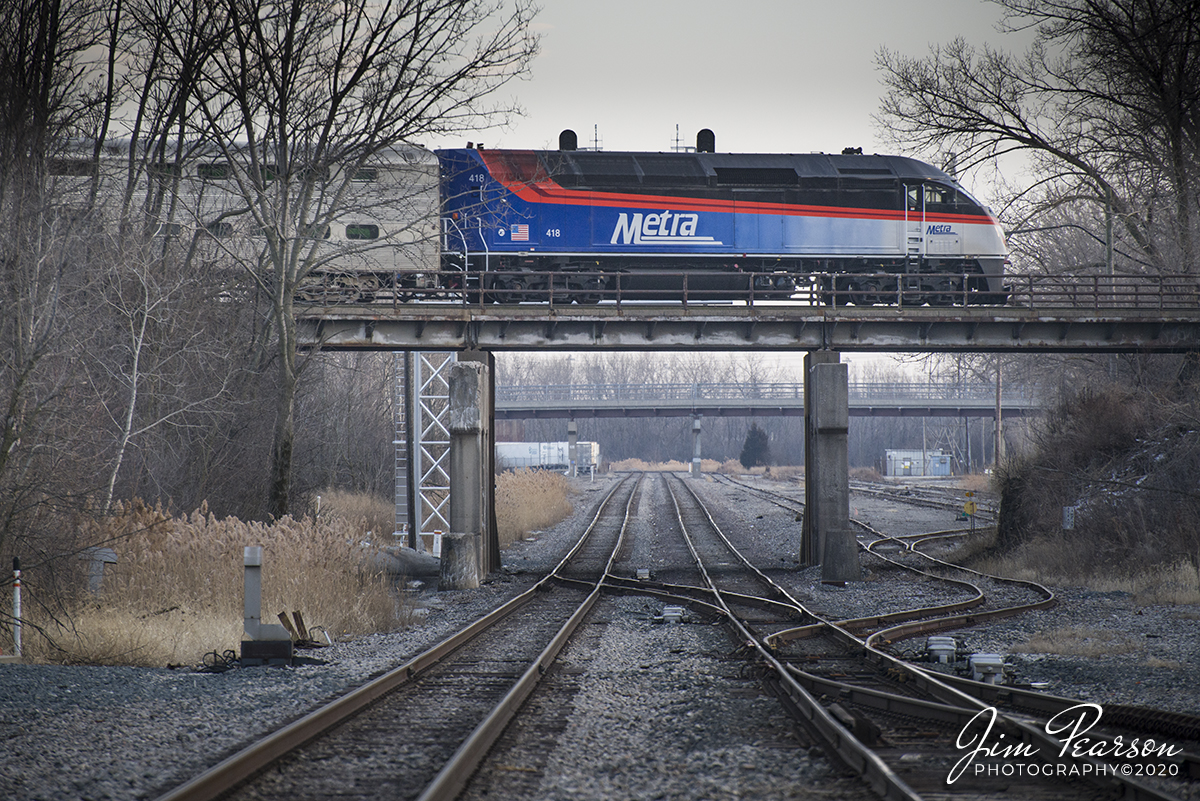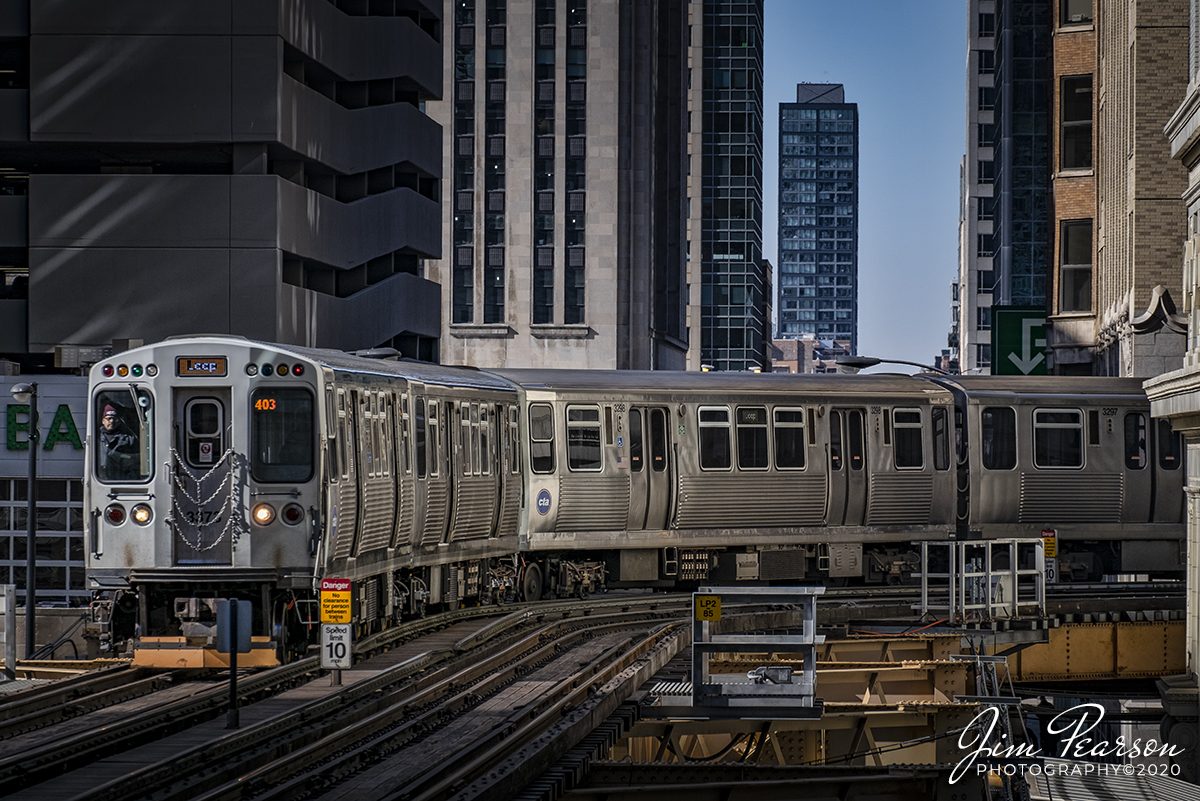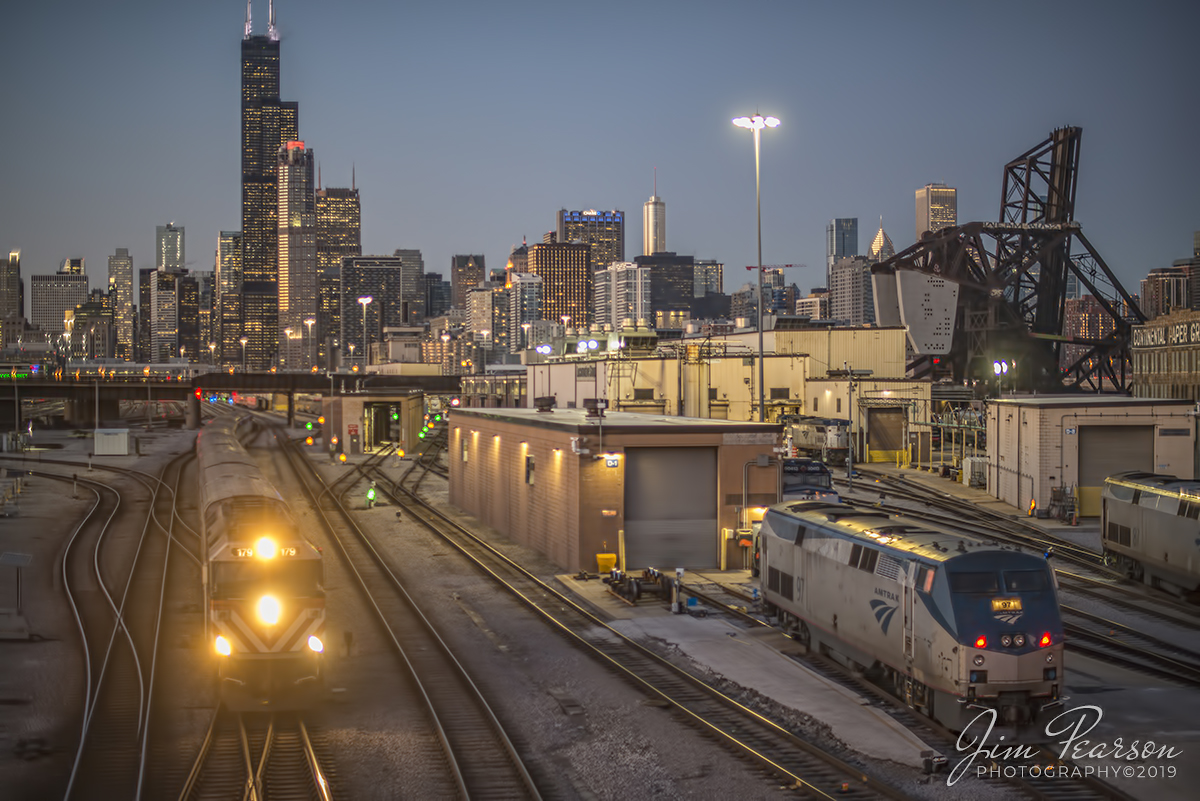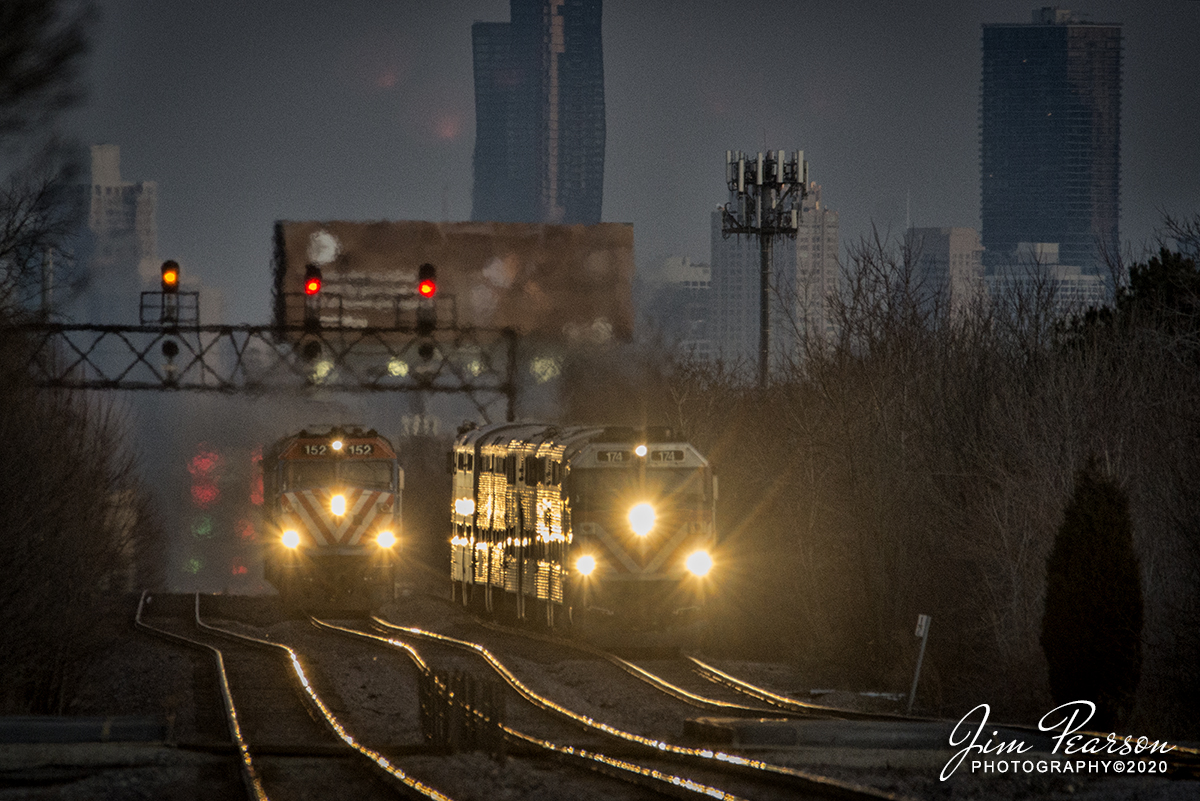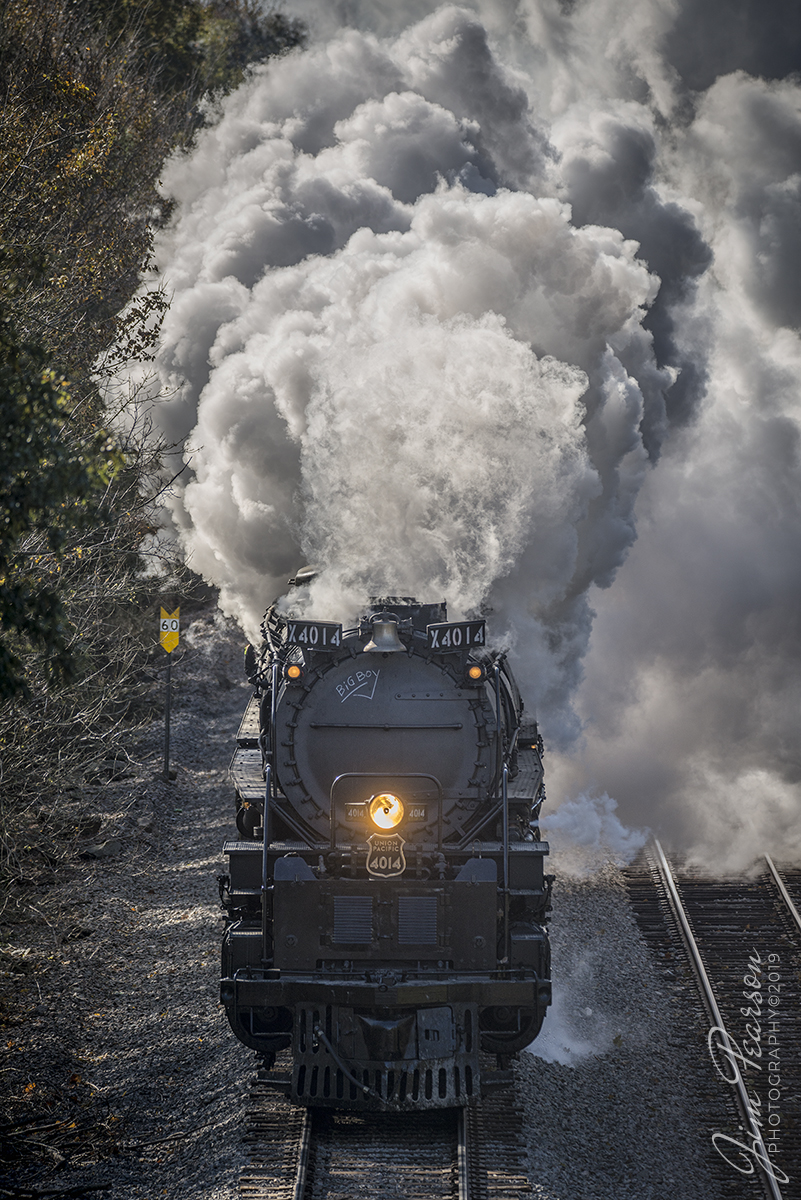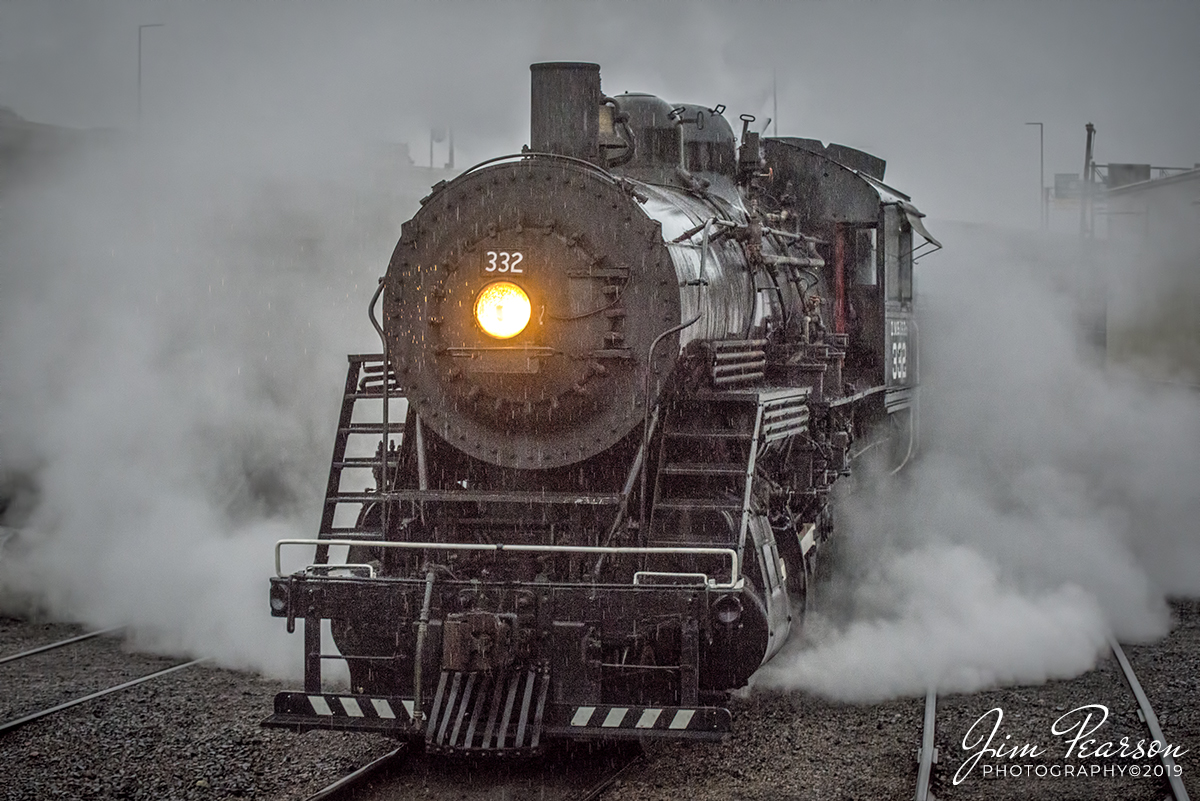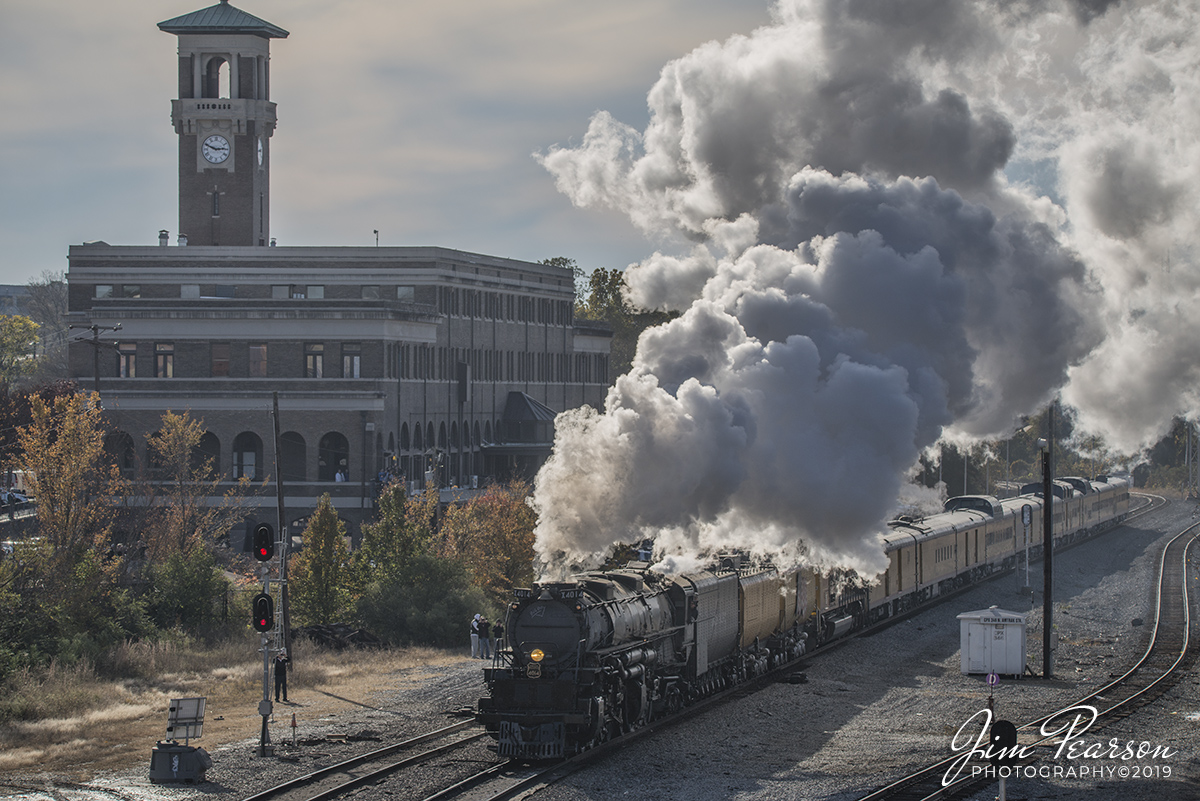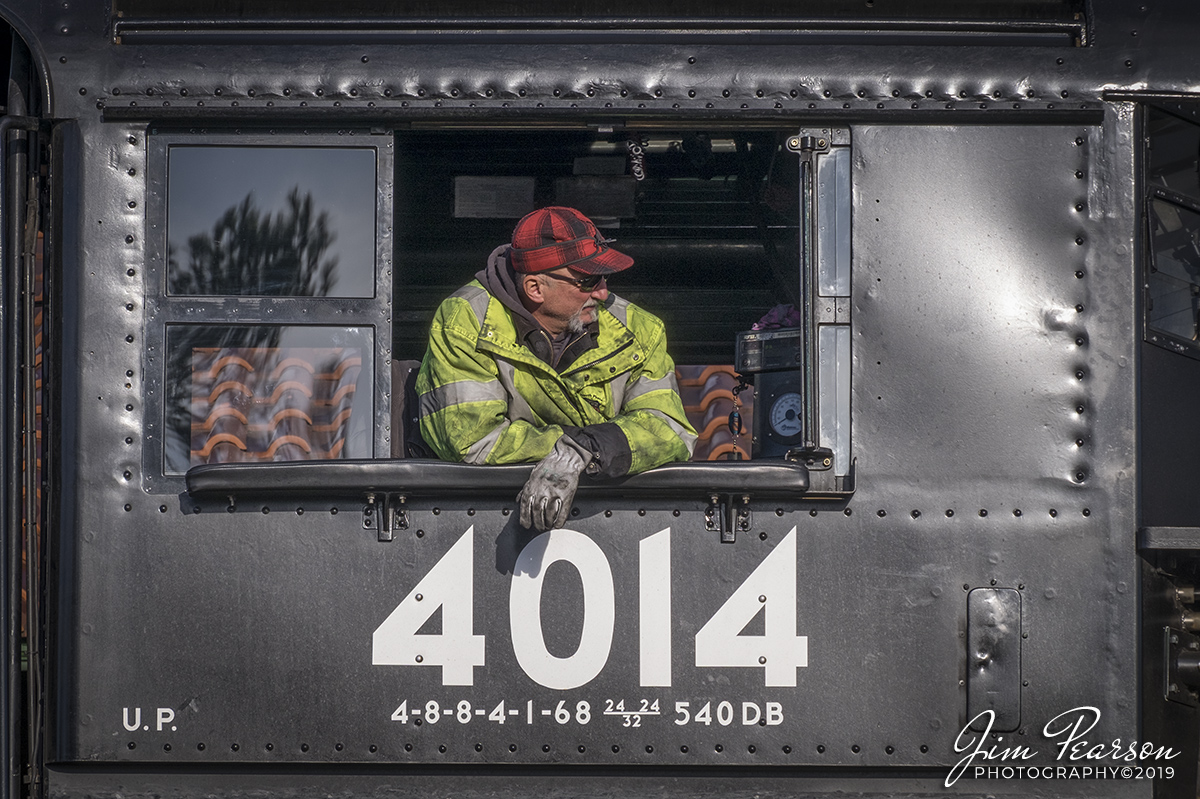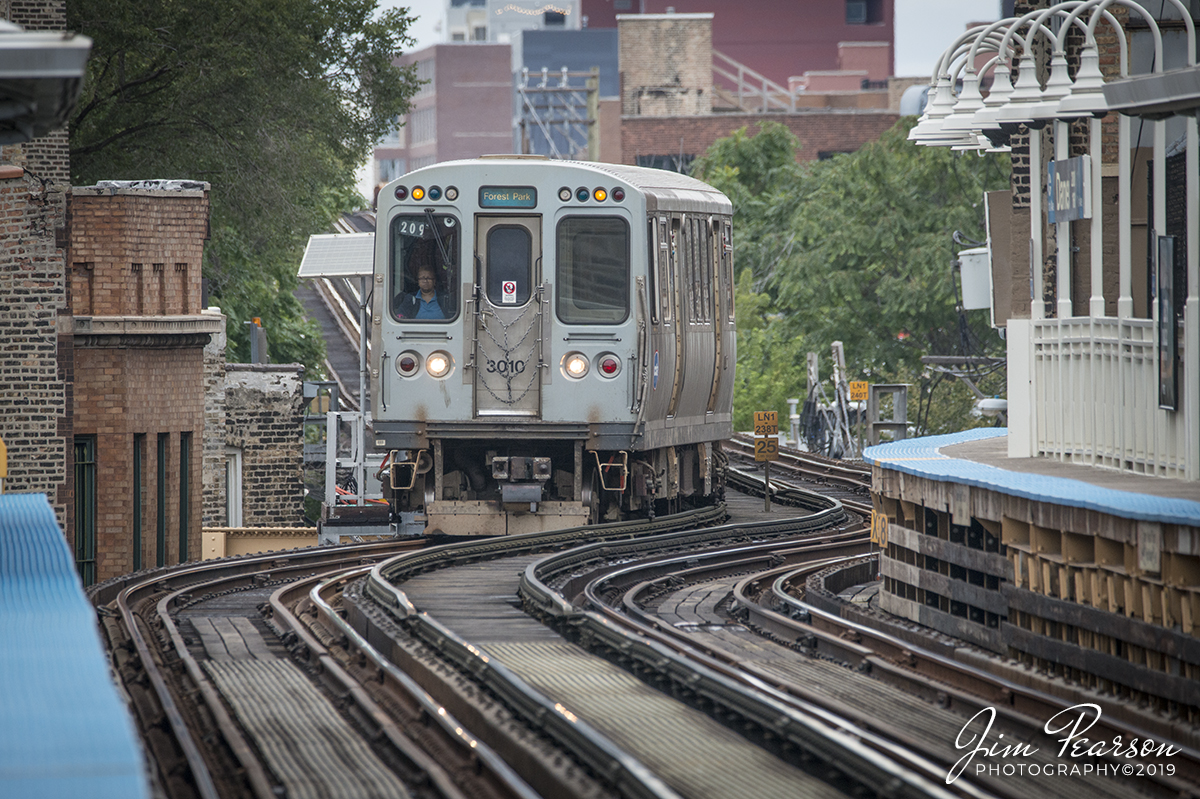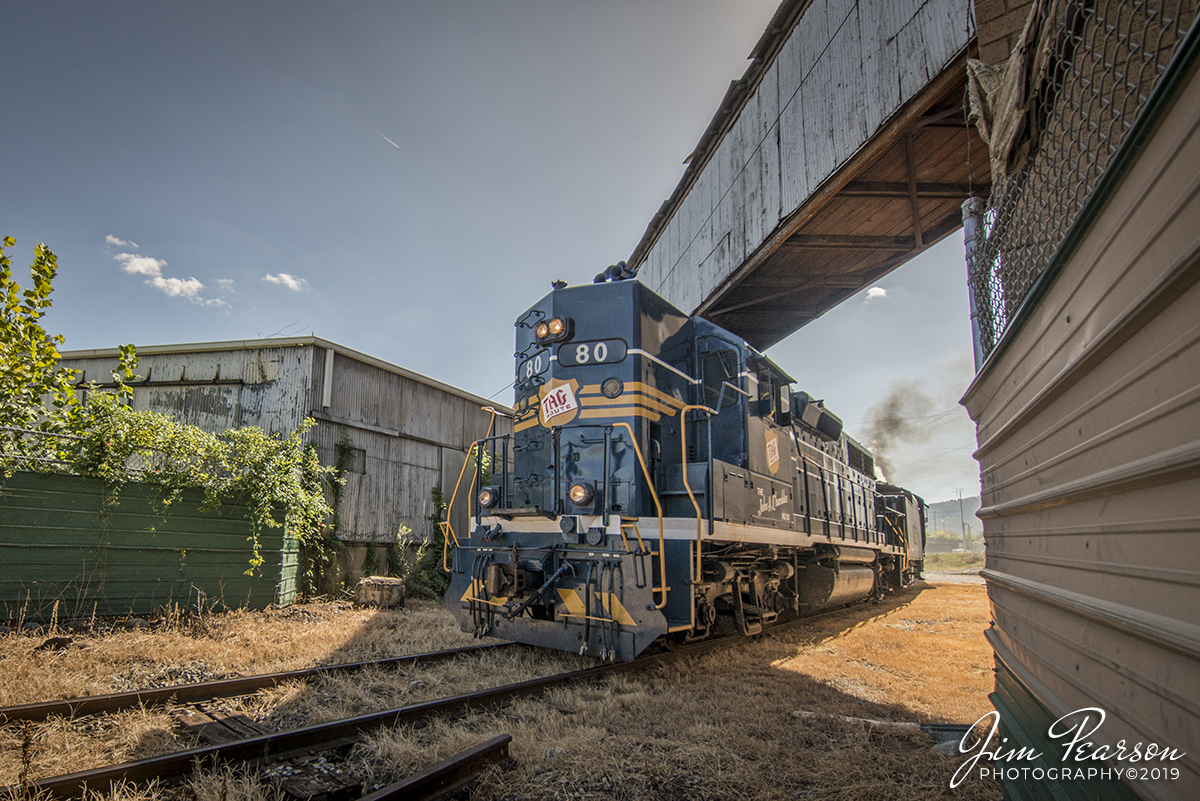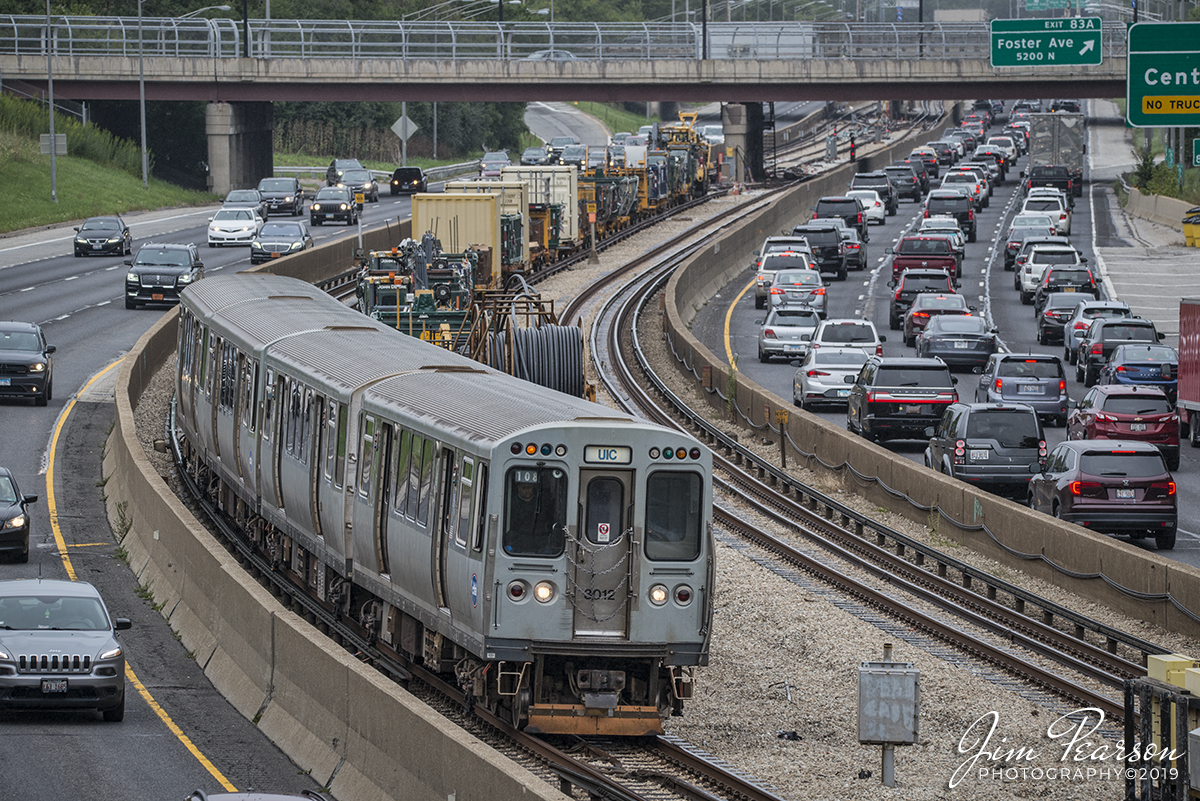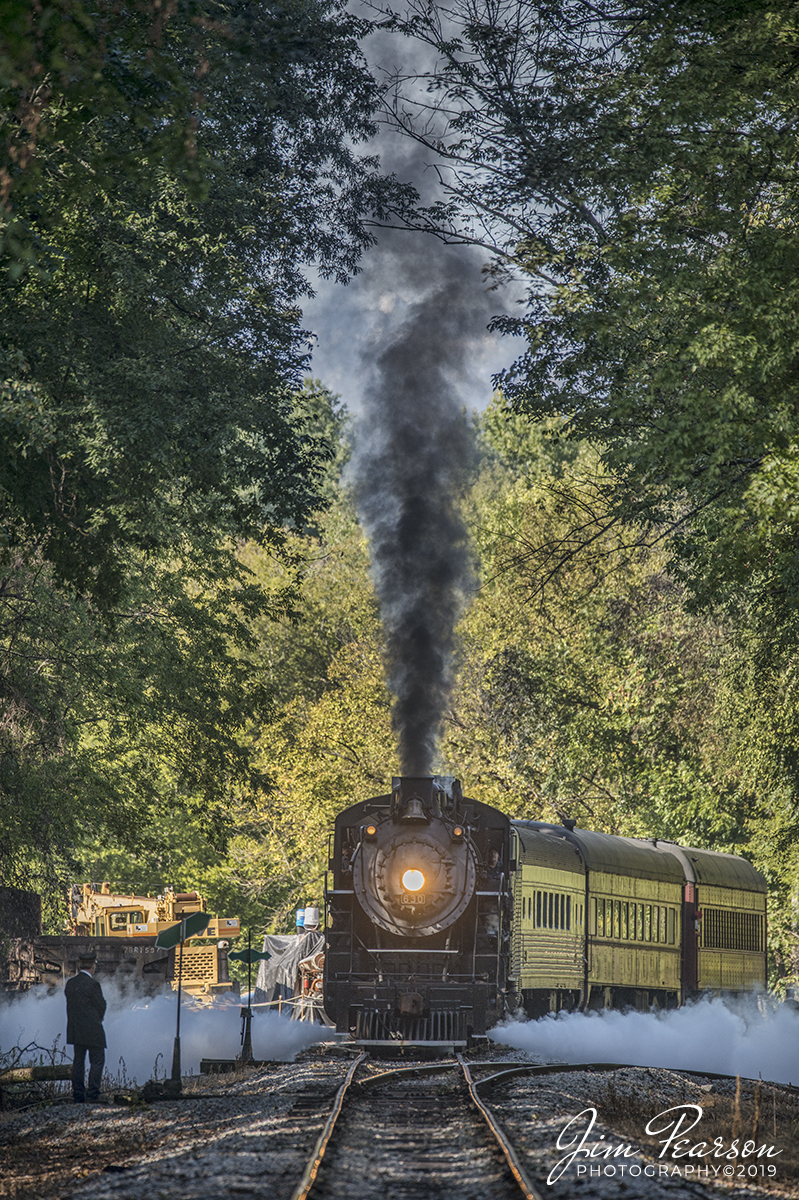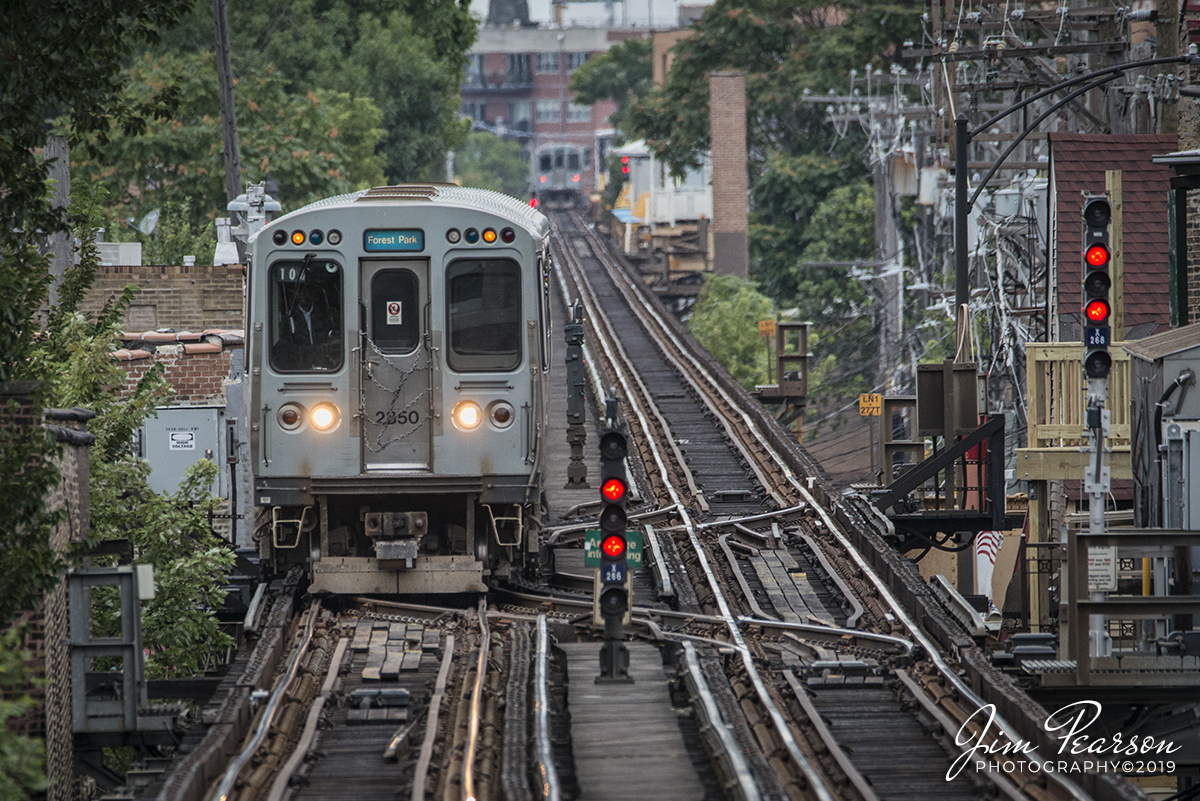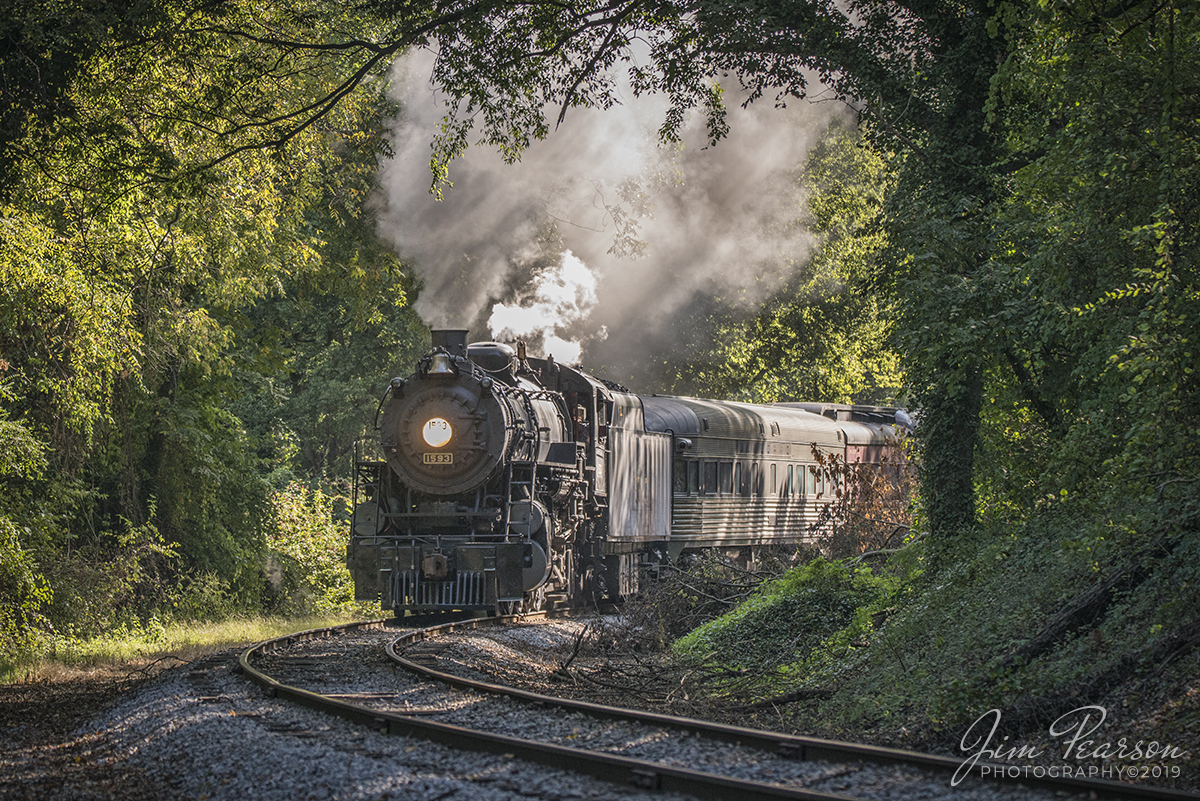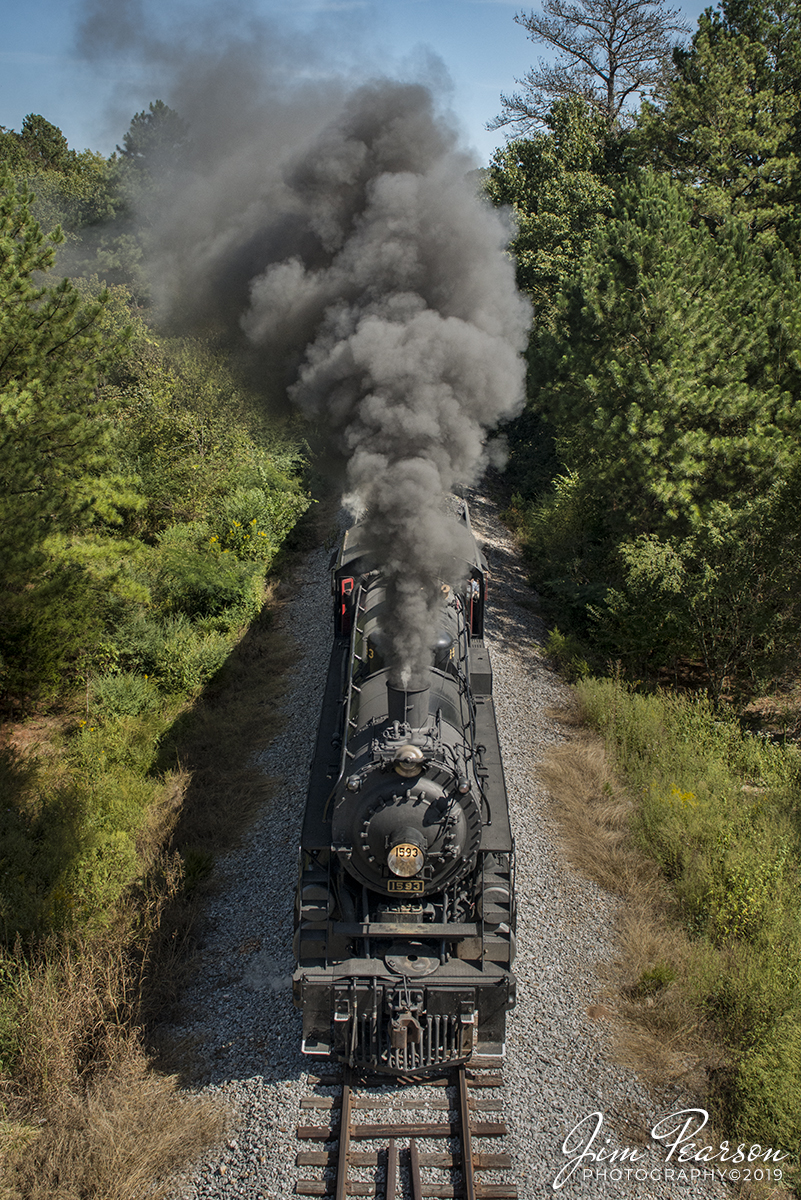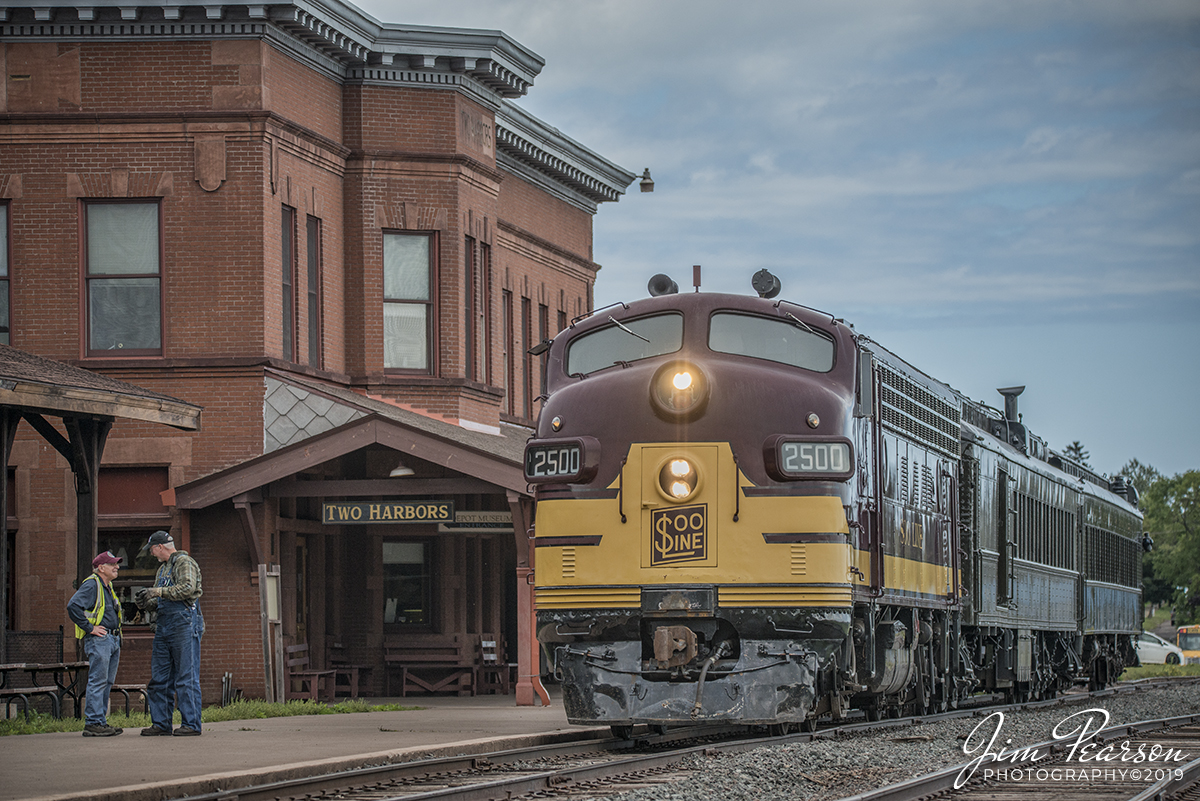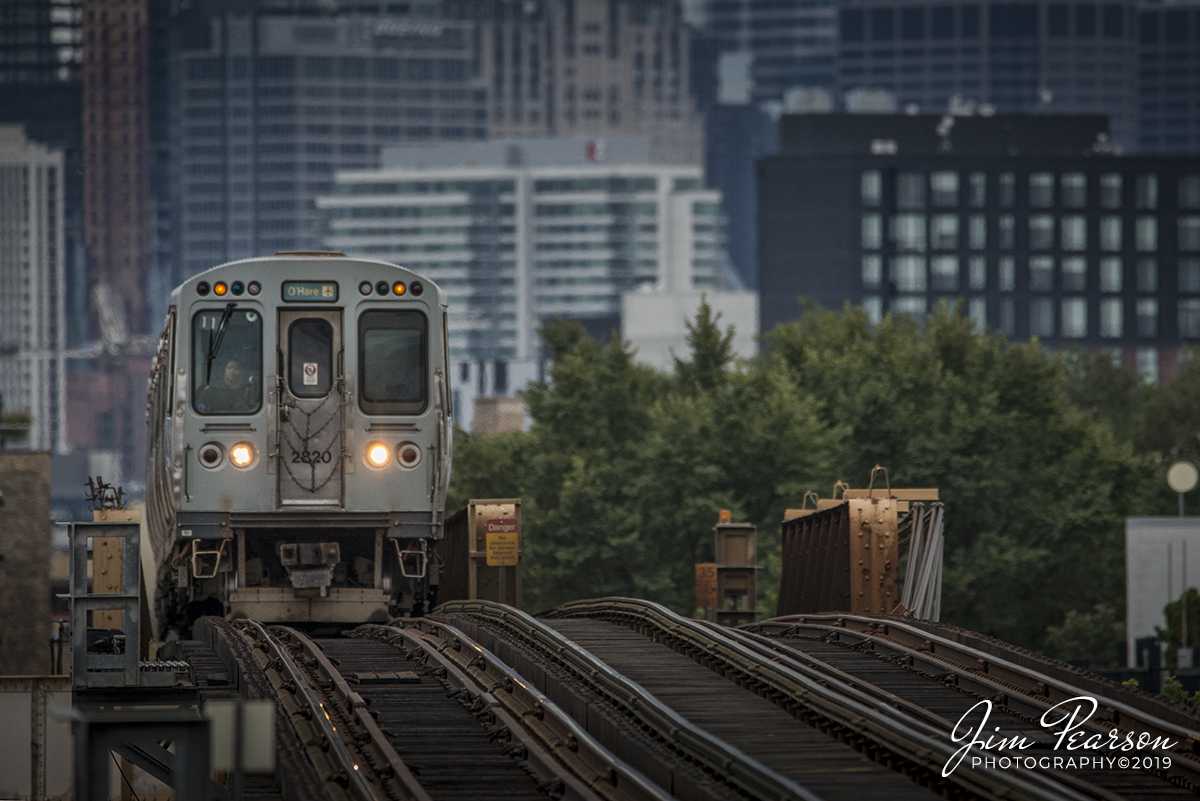November 13, 2019 – Union Pacific 4014 Big Boy pulls it’s train north out of Union Station at Little Rock, Arkansas on a cold fall afternoon.
Union Pacific billed this move as The Great Race Across the Southwest as the train is making a circle around the southwest over a six week or so period hitting Arkansas, Arizona, California, Colorado, Kansas, Missouri, Nevada, New Mexico, Oklahoma, Texas, Utah and Wyoming.
According to Wikipedia: Little Rock Union Station, also known as Mopac Station, is a train station in Little Rock, Arkansas, United States served by Amtrak, the national railroad passenger system.
The present Little Rock station opened August 1, 1921, having been constructed by the Missouri Pacific Railroad after a fire destroyed the prior station on April 7, 1920. The structure used existing foundations, some exterior walls and the clock tower of the previous station, which had survived the fire. The station is listed on the National Register of Historic Places as “Mopac Station”.
Although known as Union Station, this particular structure was used by only a single railroad, Missouri Pacific. Prior structures on this site were served by two additional railroads, Memphis & Little Rock (1874–1893) and St. Louis Southwestern Railroad (known as the ‘Cotton Belt’). (ca. 1892–1910). The present (1921) structure was predated by a large wooden structure erected in 1874, and a brick station that opened in 1909 and burned in 1920.
The main entrance to Union Station was located on the Markham Street level, and waiting rooms, ticket office and a restaurant were located on this level. The upper two floors housed the railroad’s train dispatchers and offices of the freight and passenger departments, American Refrigerator Transit, and the Pullman Company, which staffed the sleeping and dining cars of passenger trains. The basement (track level) held extensive mail and Railway Express Agency facilities, a baggage room, and a small dining car commissary. Passenger access to the tracks was via an open air midway extending from the north side of the building, with stairways and three umbrella sheds extending in each direction at track level. This midway structure was original to the 1908 station, having survived the 1920 fire.
Missouri Pacific passenger service to Little Rock ended just after midnight on May 1, 1971. The remaining umbrella sheds and midway were dismantled in October 1973, less than six months before Amtrak began a new passenger route through Little Rock. Amtrak continued to use the original waiting room and ticket office area until July 1992. The waiting area and ticket offices were relocated to a newly renovated area of the station located at track level.

